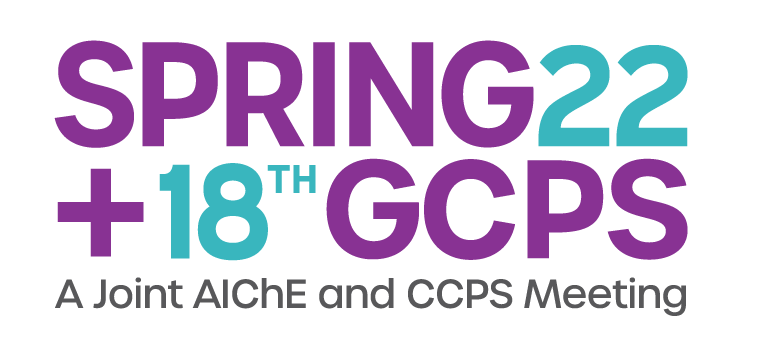

A circular economy restores and regenerates by design. As a result, materials constantly flow around in a “closed loop†system, rather than having a single use and then being disposed of. Therefore, the value of plastics are simultaneously valued in the economy without leakage into the natural environment.
Most industrial process are conducted in a linear economy fashion. Processing begins with raw materials and a design; afterwards, the materials move to production and manufacturing. After production, the product moves to distribution and from distribution to consumption. As consumers, we can use this product for many years. After using it until we no longer have a purpose for it, we then dispose of it. After disposal, waste is collected and what is salvageable for recycling is moved to the next step, and what is not reusable will leave the cycle and undergo disposal into landfills, etc.
In the circular economy, the economy is circular using a “repair, reuse, and recycle†philosophy which is more friendly to the environment. This technique reduces wastes to a minimum and keeps whatever materials that are usable. As a result, using recycled materials keeps further value in these products, and minimizes waste and raw material consumption.
Key ideas associated with the plastics circular economy include: reinventing packaging and sorting practices; having better informed consumers; development of policies to help drive the change to a circular economy; and collaboration across sectors developing collaboration with industries, government, associations, etc.
Benefits of a circular economy are many. The circular economy uses and reuses raw materials efficiently and in many cases, fully. This helps ensure that there is less waste with more sustainable approaches and less negative environmental impacts. This also reduces the carbon footprint associated with the use of plastics.
